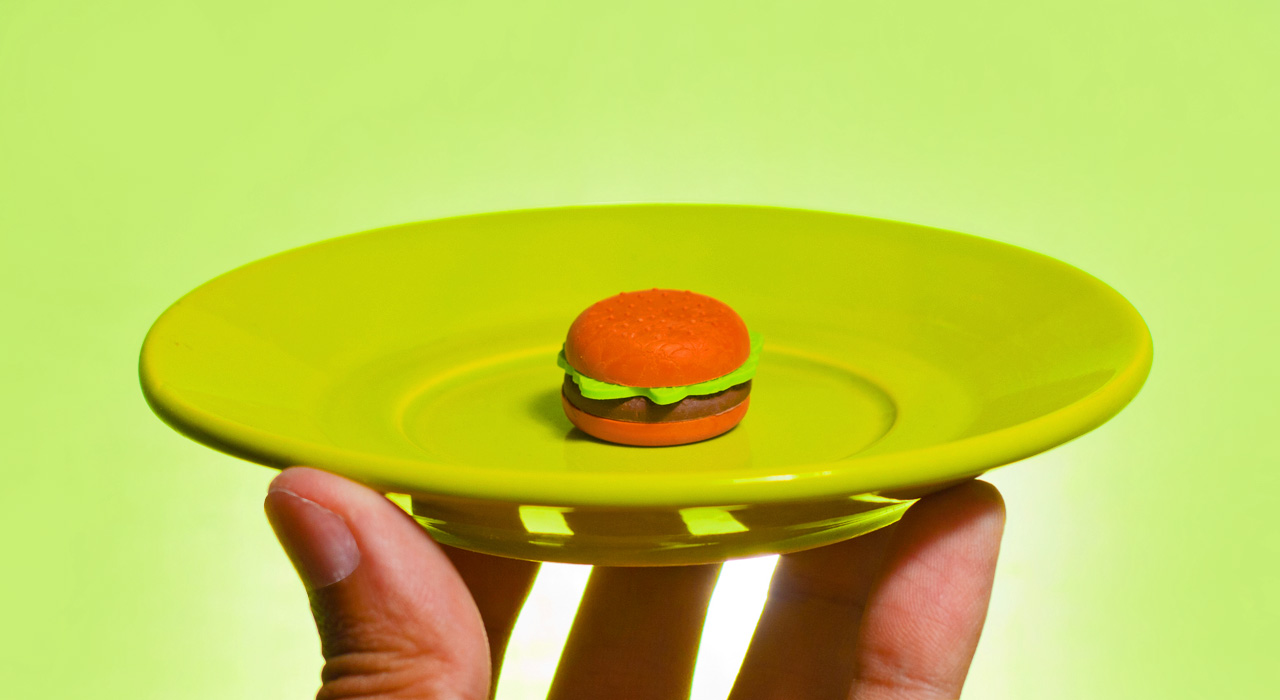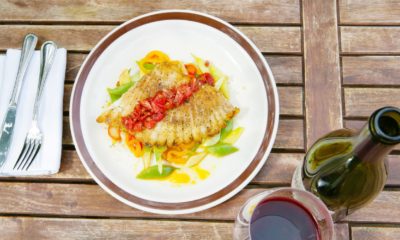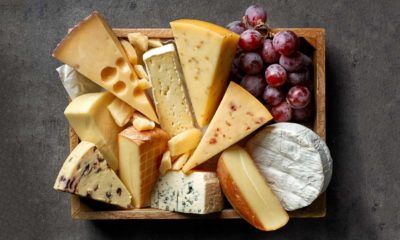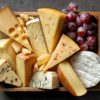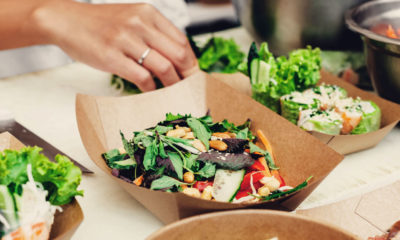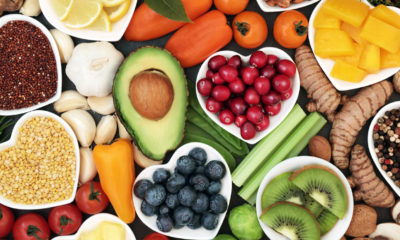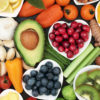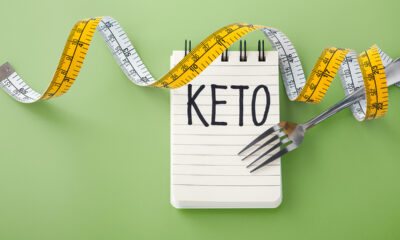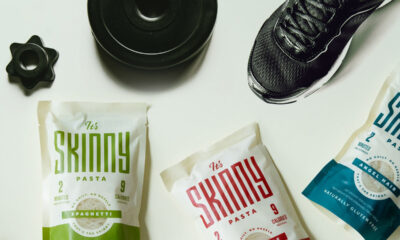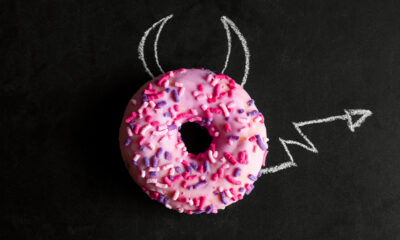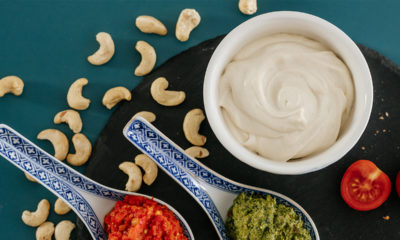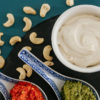Nutrition
How To Use Portion Control And Improve Your Diet
Just a few more almonds won’t derail my progress, and just one more bite of that dish certainly won’t pile on the pounds. Be honest, how many times have you said that to yourself? In most cases, these thoughts are true. But when practised on a daily basis, those extra calories and stretched portion sizes can add up quickly.
In today’s world, ‘portion policing’ runs against the idea of a balanced, relaxed diet – but in reality it does the opposite. With everything now super-sized, it’s time to lay down the law yourself..
Use these simple tricks to help keep your portions in perfect balance and make your fitness journey more exciting and relaxed.
Forget about your diet
Practising proper portion sizing is the perfect way to meet your fitness goals while still managing to avoid the dreadful starvation diets that are out there, thus not depriving yourself.
Unlike a crash diet you can’t stick to long-term, downsizing your portions is a sustainable change to your eating habits that could turn a fad into forever. However, this is only if you’re eating a range of healthy foods that support your future goals.
In fact, clean food is a staple to all fitness-related success. Sure, you can cut portions of unhealthy foods, but keep in mind they’re often laced with high calorie counts you might not be aware of. For example, just one serving of 10 chips is 160 calories.
And we all know it’s difficult to stop at just one serving. To burn off that single portion, you would need 42 minutes of walking or 22 minutes’ cycling.
Reading the signs
This doesn’t mean having an occasional treat is bad, but by being mindful of the food and portions you put into your body, you can have control of your future and make sure you’re seeing the results you desire. A study of 329 overweight people that was published in Obesity Research found that 38% of people who practised portion control for two years lost 5% or more of bodyweight, compared with 33% of participants who didn’t and gained 5% or more bodyweight.
To put it plainly, eating the right portion sizes pays off, according to Pennsylvania State University scientists in the US, who found out how easily big servings lead to a calorie overload. The facts are there: portions are everything.
Now, does this mean everything you eat needs to be fitted into a portion measuring device or weighed on a scale? Definitely not. Measuring your food is a great option, but we’ve got some simple visual comparisons to help you eyeball serving amounts – especially if you’re new to portion policing – to save you the headache of always measuring everything out.
The hand guide
Meat, fish and poultry should fit into the palm of your hand, while veggies should be able to fill both of them. Fats should equal the size of your thumb, and complex carbohydrates like rice and quinoa should be the same size as your fist.
Fist = 1 cup complex carbs
Palm = 85g meat
2 handfuls = 28g veggies
Thumb = 28g or 1 tbsp fats
Thumb tip = 1 tsp oils and sauces
Find nutritional information and more in every issue of TRAIN for HER magazine.


